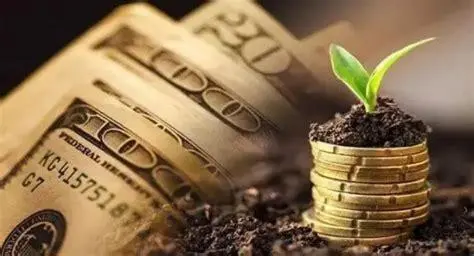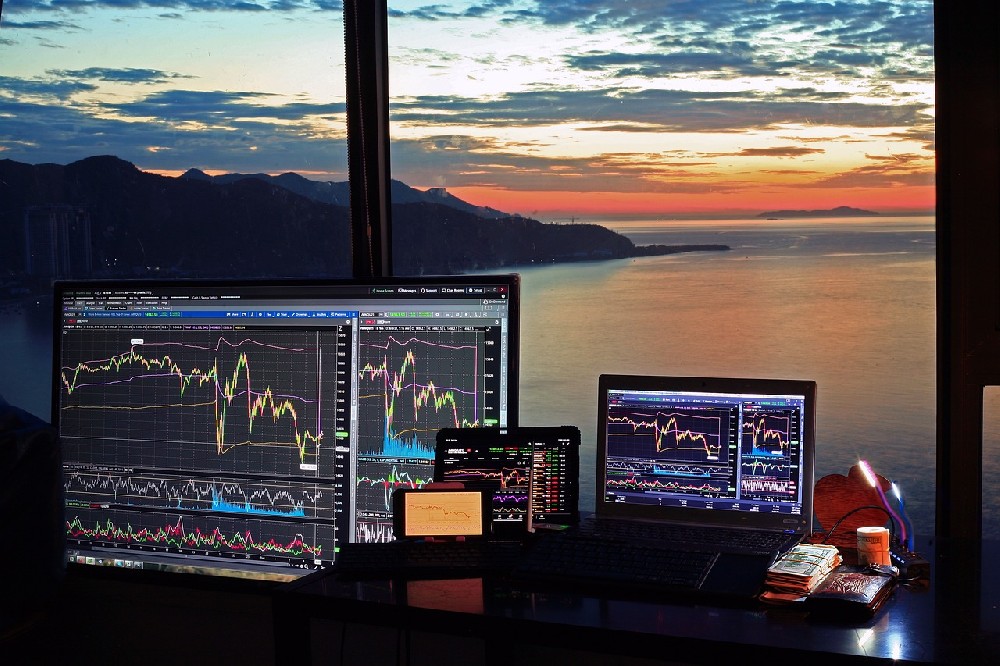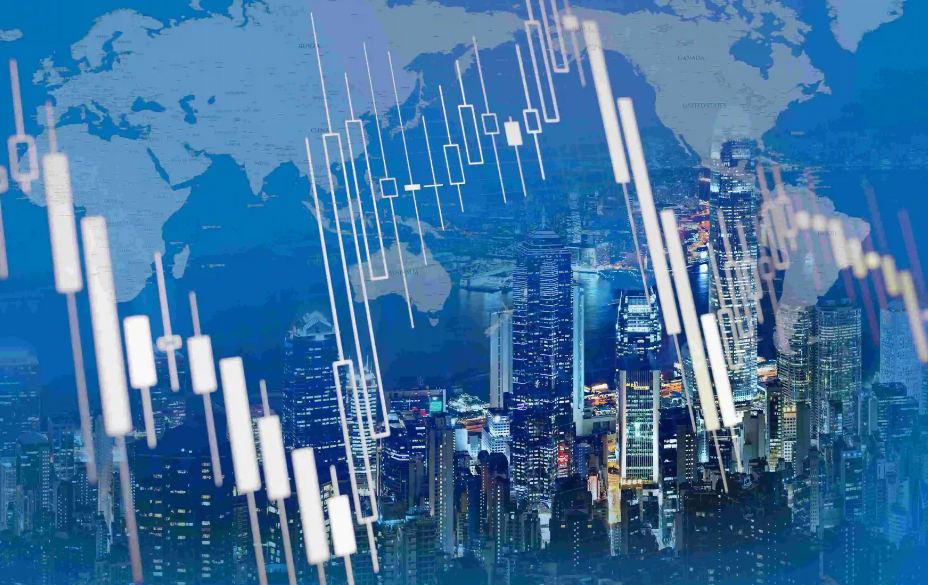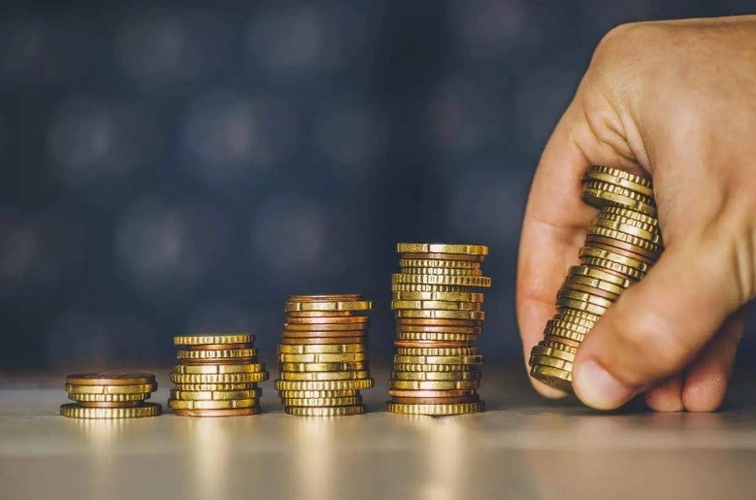Futures trading is a form of financial speculation that involves buying and selling contracts that represent the future delivery of an asset, such as a commodity, a currency, an index, or a stock. Futures traders aim to profit from the price movements of the underlying asset, without actually owning or delivering it.
However, futures trading also involves significant risks, as the price of the underlying asset can fluctuate unpredictably and rapidly. Therefore, futures traders need to follow certain rules and practices to ensure a fair and orderly market, as well as to protect their interests and capital. Some of the rules and practices of futures trading are:
Regulation: Futures trading is regulated by the U.S. Commodity Futures Trading Commission (CFTC), which is the primary regulator of the U.S. futures and options on futures markets. The CFTC oversees the trading activities, market integrity, and customer protection of the futures exchanges, such as the CME Group or the Intercontinental Exchange, which are the platforms where futures contracts are traded. The CFTC also enforces the rules and regulations that govern futures trading, such as the prohibition of abusive trade practices, the segregation and protection of customer funds, and the reporting and recordkeeping requirements.
Membership: Futures trading requires membership or access to a futures exchange, where the contracts are listed and traded. Each exchange has its own membership criteria and fees, as well as its own rules and regulations. Members of an exchange can trade directly on the exchange, or through a broker or a clearing member, who act as intermediaries between the traders and the exchange. Members of an exchange also have certain rights and obligations, such as voting, arbitration, and margin.
Contracts: Futures contracts are standardized and traded on a futures exchange, where the terms and conditions of each contract are specified. Each contract has a unique symbol, name, underlying asset, contract size, tick size, delivery date, and settlement method. Futures traders can choose from a variety of contracts, depending on their preferences, needs, and goals. Futures traders can also create custom contracts, such as spreads, straddles, strangles, and collars, to create different risk-reward profiles.
Trading: Futures trading involves buying and selling contracts on the exchange, using various tools and strategies to analyze and execute trades. Futures traders can use different order types, such as market, limit, stop, or conditional, to enter or exit a trade at a desired price or condition. Futures traders can also use different trading platforms, such as desktop, web, or mobile, to access the market and place their orders. Futures traders can trade during regular or extended hours, depending on the availability and liquidity of the contracts.
Risk management: Futures trading involves managing the risk of adverse price movements of the underlying asset, by using various tools and techniques to limit the potential loss or lock in the potential gain. Futures traders can use stop-loss orders or take-profit orders to close their positions automatically when the price reaches a certain level. Futures traders can also use hedging or diversification to reduce their exposure to market volatility or correlation. Futures traders can also use margin and leverage to control their risk exposure and return potential.
These are some of the rules and practices of futures trading, but they are not the only ones. Futures trading is a complex and dynamic activity that requires skill, knowledge, and discipline. Futures traders should always do their own research and analysis, and follow the guidance and best practices of the industry and the regulators. By doing so, they can enhance their trading efficiency and profitability.







